I want to know about the possible solutions to achieve precise automatic gain correction of the difference amplifier ?
Description: I am using a differential amplifier and all resistors have 1% tolerance according to specs. After some time the gain changes due to a change in resistance (aging effect/tempco etc). Therefore, I need an automatic gain compensation. There are digital potentiometers available, but they are in the range of 5 to 100 kOhms which do not fit for my case because my feedback (R3) resistor is 1 kOhm. If I use multiple digital-pots, I will not be able to achieve the desired resolution of less than 0.5 Ohm. Here is a description of the difference amplifier.
Which solution would you suggest?
